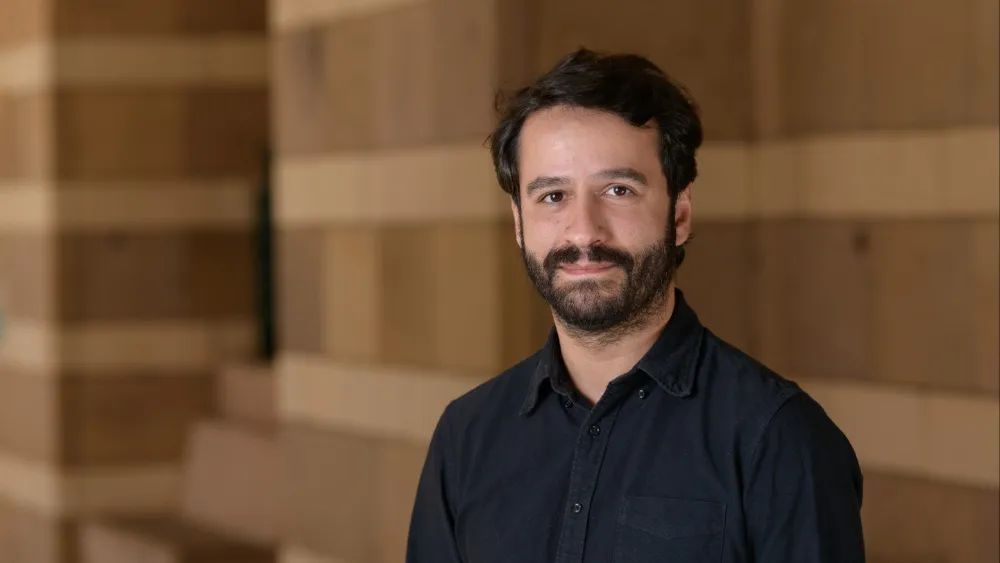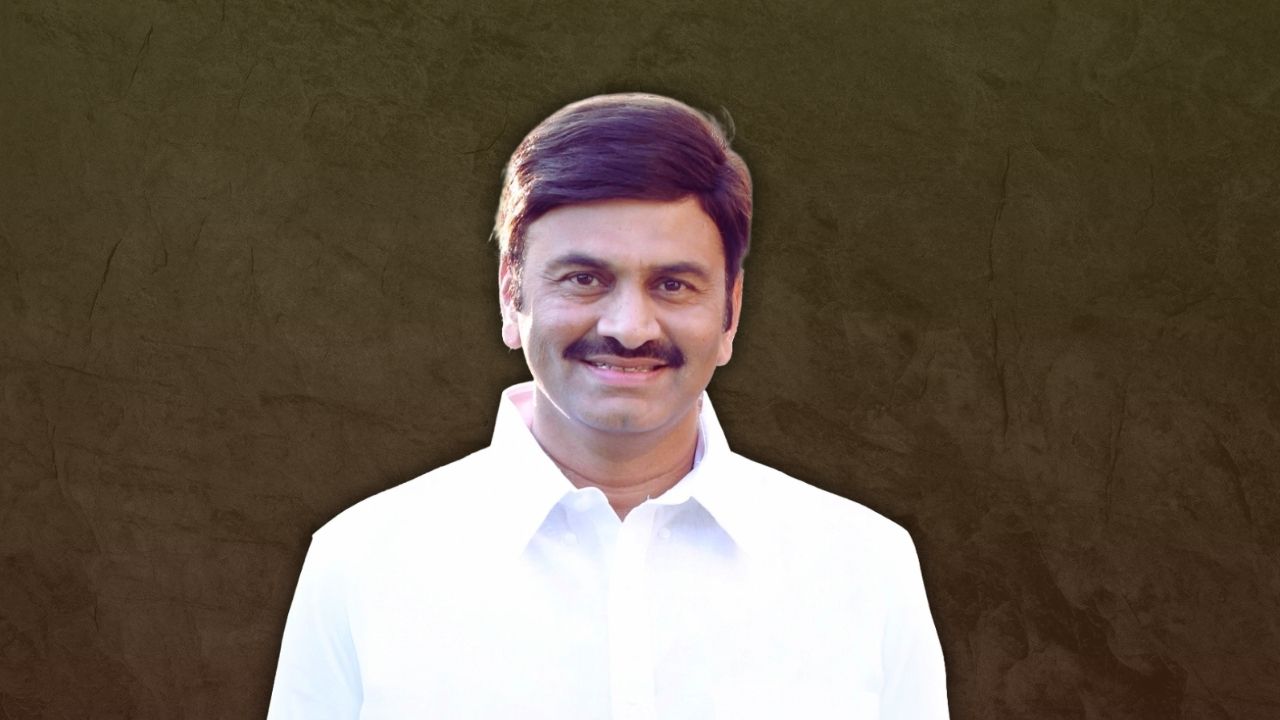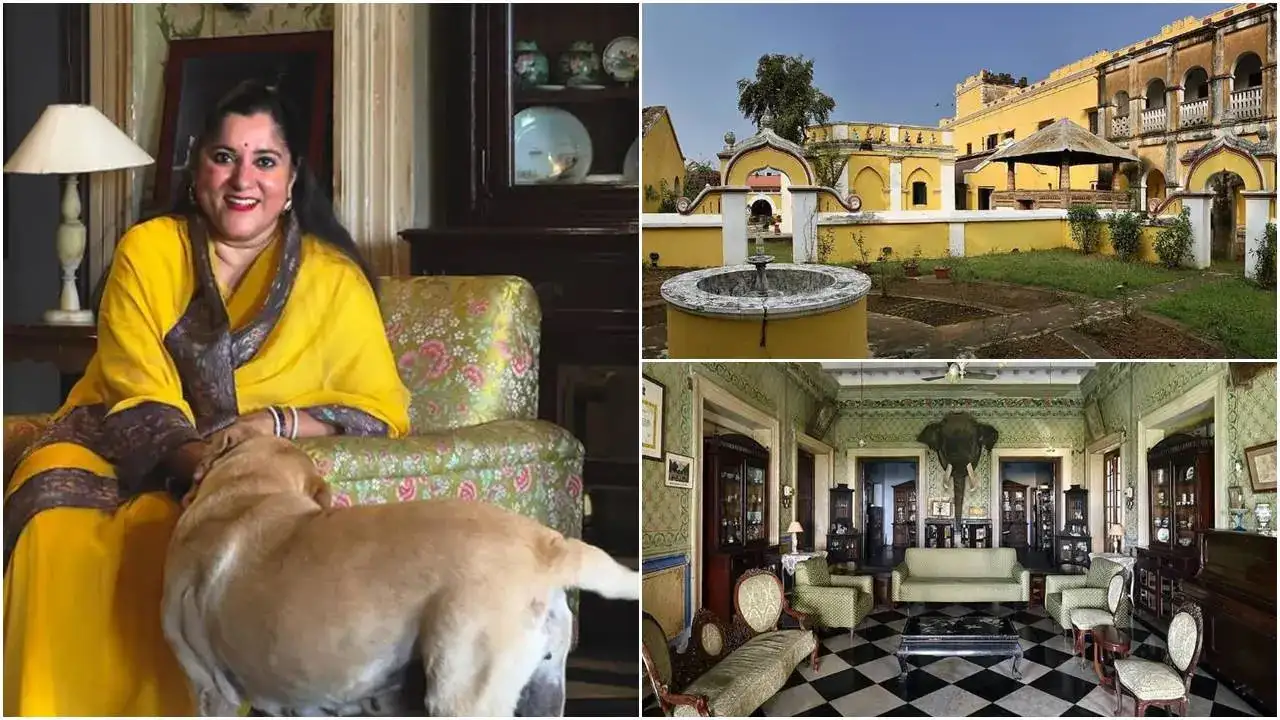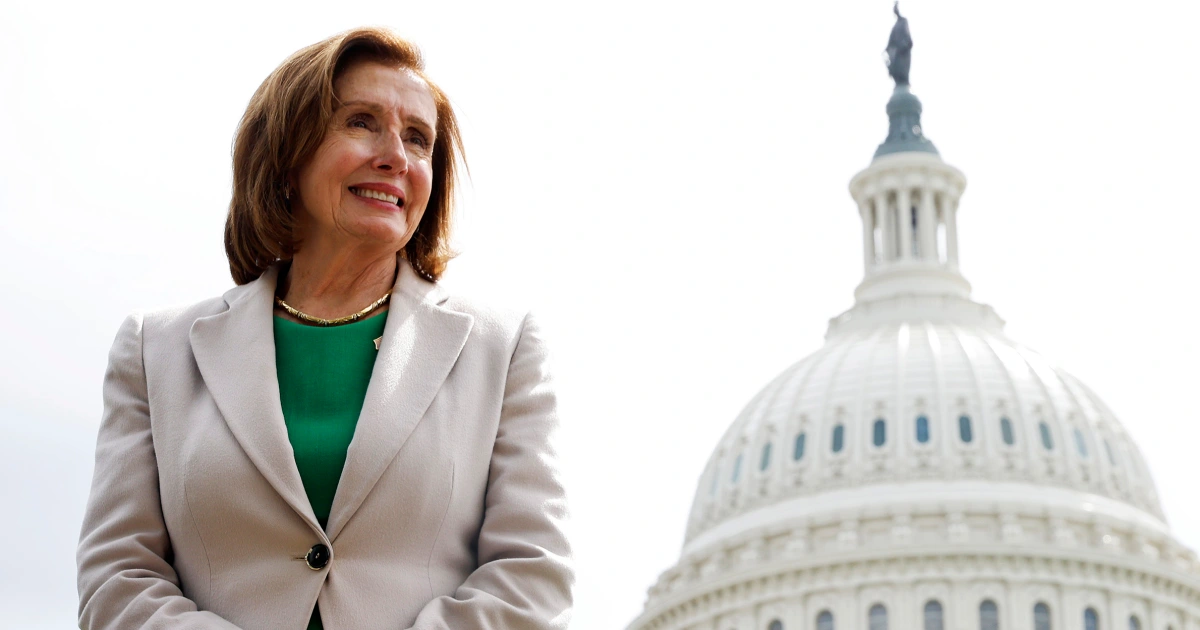Copyright Variety

The 11th edition of the Cairo Film Connection, integrated within the Cairo Industry Days, has selected 15 projects – five feature films in post-production, and 10 projects in development, for its competition, including an intensive program of pitching sessions, from Nov. 15-20. It runs as part of the Cairo Film Festival. The 15 projects, which include co-productions, are from 10 countries: four from Egypt, three from Lebanon, two from Iraq, two from Palestine, and one project each from Tunisia, Jordan, Sudan, Algeria and Yemen. The awards, including a main prize for post-production and another for development, will be judged by a jury comprised by Palestinian director Hany Abu-Asaad, Portuguese festival director Susana Santos Rodrigues, and Egyptian director Ayten Amin. Rodrigo Brum, head of Cairo Film Connection, spoke to Variety about his priorities for this year’s edition. This is your second year at the helm of the Cairo Film Connection. What were the key lessons from last year’s edition and how have you structured this year’s edition? When I took over the Cairo Film Connection last year, my immediate task was to ensure the event came together successfully within a very limited timeframe. There was no time for major reforms, so that edition became an exercise in observation: understanding what worked and, more importantly, what needed to change. People wanted real conversations and genuine exchanges, not rehearsed moments and staged performances. This year we have taken clear steps in that direction. For instance, we don’t impose rehearsed pitches or a fixed language. Teams can present in Arabic, French or English, and if they wish to rehearse, we offer technical support. It all depends on what each project needs. The aim is to create space for authenticity and for the plurality of voices that define the region’s cinema, rather than forcing them into a single model of a co-production market. What synergies exist between the CFC and the host event, Cairo Industry Days and the wider festival? I see the Cairo Film Connection as the most vibrant section of Cairo Film Festival, and the place where the festival truly breathes. It is the beating heart of Cairo Industry Days, the space where new blood, new energy, and new ideas circulate most intensely. We hope this energy will only grow stronger as we continue to affirm that cinema is not shaped by institutional models, but through encounter, conversation, and risk. What are the main strengths of the CFC within the Arab film world, in terms of helping projects and fostering co-productions? Our main strength lies in building bridges, not just financial ones, but creative and curatorial ones. We hope the Cairo Film Connection continues to be one of the few spaces where projects from across the Arab world can meet within an international framework that remains firmly grounded in local realities. From last year’s edition, both projects that received our main prizes, one in post-production and one in development, have continued to receive major recognition and we hope they will soon move toward the festival circuit. “You Don’t Die Two Times” by Ager Ouslati, which won our main post-production award, later received the IDFA Bertha Fund and the top prize at Amman Industry Days. Eliane Raheb’s “The North Wind,” recipient of our main development award, won this year’s CineGouna Platform Award for post-production. Beyond the awards, we have also seen projects find key artistic collaborators through the CFC, which can be just as transformative as financial support. How does the selection process work? This is perhaps the task that demands the greatest sense of responsibility. It is not only about choosing a sharp and diverse selection committee, but also about ensuring that our assessment is fair to the projects themselves. Too often, co-production platforms lean toward selecting projects from established filmmakers or producers, and I can only hope this comes from genuine belief in the work rather than a desire for visibility or safety. I was fortunate this year to collaborate with a committee I fully trust, one that engaged deeply with every submission, based on a balanced and nuanced discussion. Our goal was not to select familiar industry names, projects already validated by other platforms, or works tailored to European festival tastes. The real questions were simple: Is the project necessary? How clear and coherent is its artistic concept? And, given the limited financial support offered by the Cairo Film Connection, does it express an urgent need to be supported now? This year, we received close to 200 applications, which is, I believe, a remarkable number given the overall quality of submissions. Given that the projects span the entire Middle East and North Africa region, do you see transversal trends, or are there mainly more sub-regional trends? Although my academic background might suggest an inclination to identify patterns or define categories, I tend to approach the selection from the opposite perspective. What interests me most are the differences, the singularities, and the distinct artistic vocabularies emerging from, against, and beyond each context. Of course, there are both shared concerns and distinct sensibilities across the cinemas of North Africa, the Levant, and the Gulf, or whatever geopolitical nomenclature one chooses to adopt. But what truly stands out are the specific ways in which filmmakers translate these concerns into form. The richness of the Cairo Film Connection lies precisely in this diversity: each project speaks its own cinematic language, shaped by its own approach to history or storytelling and its own conditions of production. In view of recent turbulence in the region, in particular the conflict in Gaza, how is this reflected in the films selected, for example in the Lebanese film “The Day of Wrath,” the Palestinian project “Revolutionaries Never Die,” or others? Filmmakers very often further advance their projects between the moment of submission and their public pitch, so I would prefer not to talk about how a project reflects a specific reality in definitive terms. That said, there is a discernible engagement in both projects you mentioned with the reordering of archives, with the creation of a new context for collective history, and with an effort to reimagine politics of representation (in a way that I believe responds to what you describe as “turbulence” or “conflict” in the region, or in Gaza). What stands out is not a direct depiction of crisis, but rather a critical negotiation with memory, historical awareness, and its cinematic expression. Through their film language, both works challenge the colonial frameworks that have historically shaped how the region’s histories are seen and narrated, while simultaneously reclaiming and rethinking the order of their own histories and epistemologies. Regarding the specific situation in Gaza, “Ping-Pong” is a particularly compelling project in development that explores, primarily through sound, the uncanny rhythm of grief and its constant back-and-forth. In addition to the social realism documentaries and fiction, are we seeing genre films (horror, sci-fi, crime, comedy etc.) within the selection of films? While genre is not a dominant mode among the selected projects this year, some filmmakers are reappropriating elements of genre, not as formulas, but as tools to experiment with new forms of storytelling. Can you tell me a bit more about the changes made since last year? Last year we began introducing live translation in the pitching sessions. Not for all projects, as we didn’t yet have the full infrastructure, but wherever it was requested. The response was overwhelmingly positive. Many filmmakers and producers are not confident pitching in English, which creates an imbalance that is deeply unfair within a competitive setting. So this year the live translation is fully available in all pitches. As for mentors, I remain critical of that function, especially when they come from industries such as Hollywood or Europe and assume they know the “standards” to be reinforced. On one hand, they often have limited understanding of the region and the specificities of producing here; on the other, they tend to treat film language as a homogeneous space that ignores geopolitical and cultural particularities. We do not need that. What we need is to create conditions where participants can present their projects comfortably, in their own languages and through their own modes of expression, even with their uncertainties and imperfections. The goal is to make the experience less about performance and more about dialogue, about fostering genuine, long-term collaborations rather than transactional encounters.



